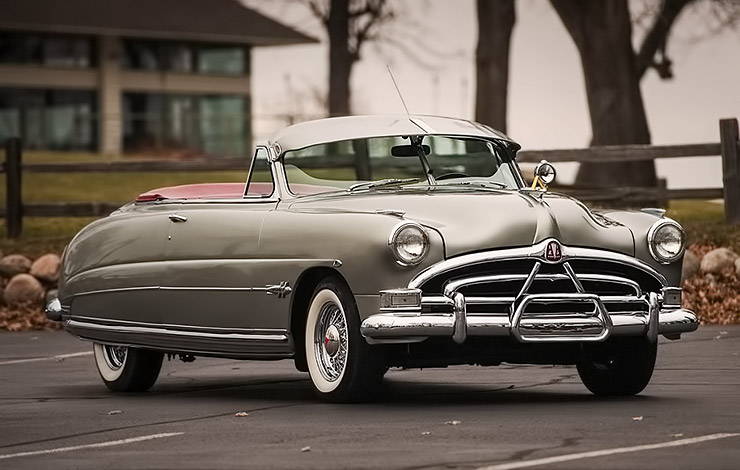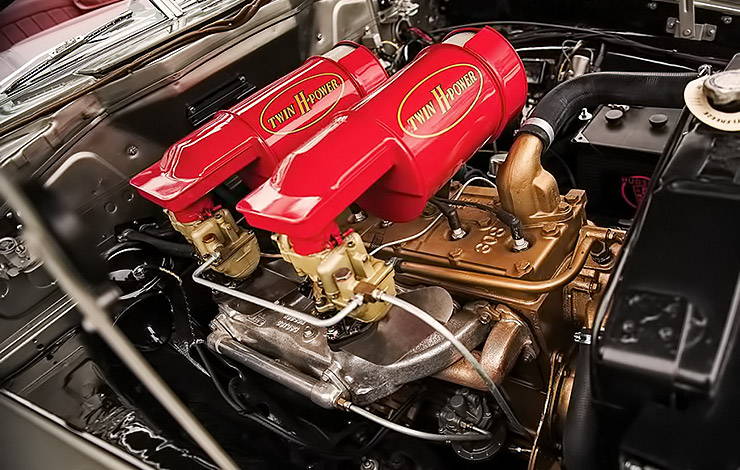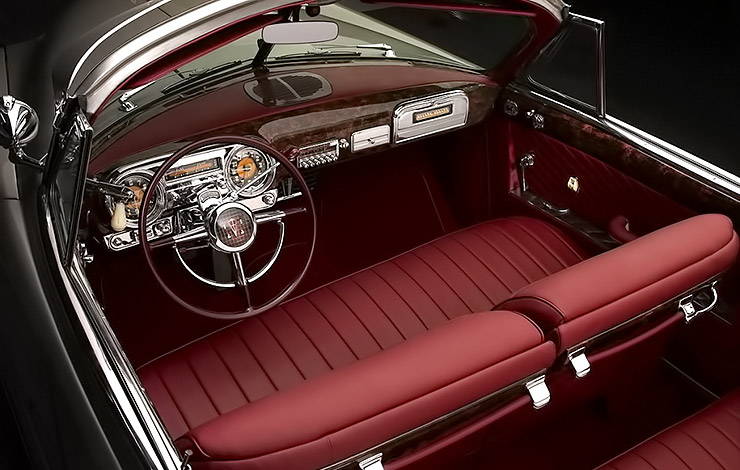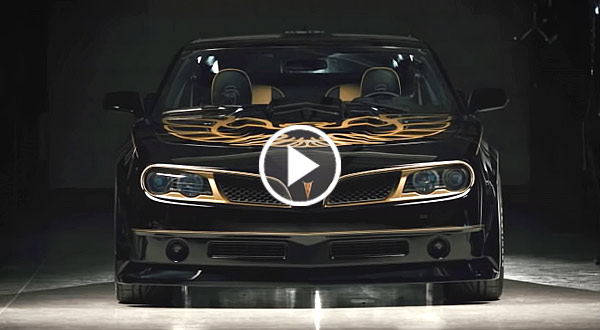A Star Is Born – The Hudson Hornet on the Track
–
But it was speed, not sales, that made the Hudson Hornet a household name. Back “when stock car racers actually raced stock cars,” the Hornet was a hero on the track, passing up Fords and Dodges left and right. Headed by racing legend Marshall Teague, the Hudson team won 27 of its 34 NASCAR races and 40 of its 48 AAA events in 1952.
Legendary racers like Herb Thomas, Dick Rathman, Jack McGrath, and Lou Figaro joined Teague on the Hudson team and together, they drove the Hornet to victory. The Hornet’s low center of gravity made for excellent handling and its engine sent it careening around corners at light speed.
AMC Puts On the Brakes
However, though the Hudson Hornet was the sweetheart of stock car racing, it wasn’t selling in the showroom. Sales dropped from 43,656 units in 1951 to 35,921 units in 1952 and 27,208 units in 1953. Racing typically helped cars that won on Sunday sell on Monday but this was not the case for the Hudson Hornet.
For the 1954 model year, Hudson tried to revive the Hornet’s popularity amongst car buyers with a redesign that updated its look and boosted its engine to 160 horsepower straight from the factory or 170 horsepower with the 7-X upgrade. Though the tweaks put the Hornet’s quality on par with its rivals, it was priced too high to compete: a result of the high cost of updating a monobilt car. After the failed redesign, a flailing Hudson Motor Car Company joined with Nash-Kelvinator to form American Motors Corporation (AMC). The 1955-1957 models were built on Nash cars instead of the step-down design that made the Hornet famous. Sales continued to suffer despite frills like a 320 cubic inch V8 engine boasting 208 horsepower and journalists hailing it the safest car in the country.In 1955, the Hornet sold 13,130 units, dwindling to 8,152 units in 1956 and a humble 3,108 units in 1957. Blown out like a candle, the Hudson Hornet faded into oblivion and AMC replaced it with its famous Rambler, which it re-introduced in 1958.
The Hudson Hornet Still Stings
The Hudson Hornet’s days in the showroom were short lived but its celebrity on the racetrack lives on over fifty years after AMC stopped production. Today, auto restorers and enthusiasts rank the Hornet at the top of their lists.
Russell and Vicki Chilton, 1952 Hornet restorers, consider their Hudson a diamond in the rough: “Most people see a hunk of junk. We see a beautiful piece of the past coming back to life!” I happen to agree with the Chiltons. So, if you happen to see a Hudson Hornet on the road, consider yourself a part of living history.
Now check the video below with Jay Leno and automotive historian and Hudson expert Dave Bonbright, the owner of this beautiful, “Fabulous Hudson Hornet!”





























Facebook Comments